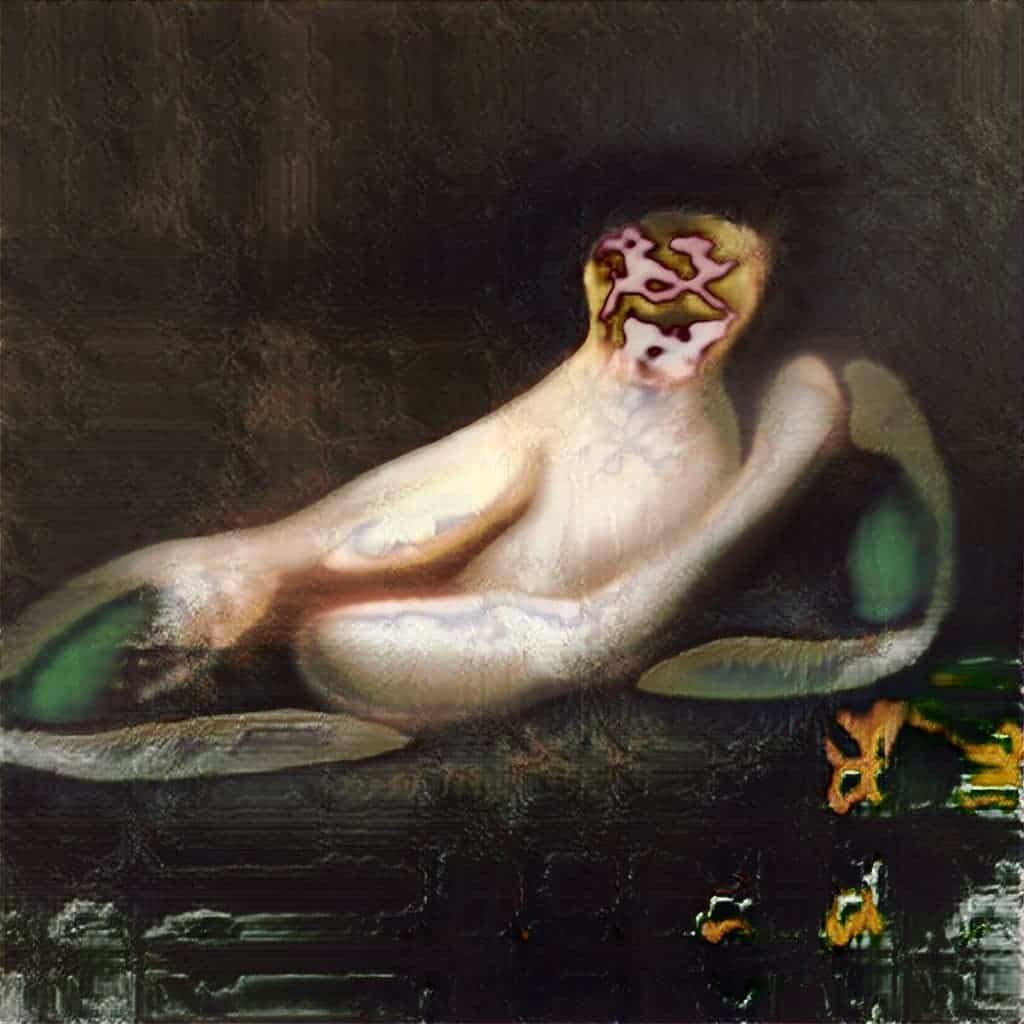If you like nudes — and let’s be honest, who doesn’t — the work of one AI may ruin them for you, forever.

Whether you think they’re to be displayed proudly or hoarded, discussed of with a blush or a smirk, artsy or in bad taste, most of us would probably agree on what a nude painting should look like. Also, likely, that the end piece is quite pleasing to the eye.
However, all the nude paintings or drawings you’ve ever seen were done by a human trying his best to record the body of another. In this enlightened age of technology and reason, we’re no longer bound by such base constraints. To show us why that’s an exciting development, albeit not necessarily a good one, Stanford AI researcher Robbie Barrat taught a computer to create such works of art. The results are a surreal, unnerving echo of what a nude should look like — but they’re a very intriguing glimpse into the ‘understanding’ artificial intelligence can acquire of the human body.
https://twitter.com/DrBeef_/status/978732422085988352
One day, out of sheer curiosity, Barrat fed a dataset containing thousands of nude portraits into a Generative Adversarial Network (GAN). These are a class of artificial intelligence algorithms used in unsupervised machine learning. They rely on two different neural networks, one called the “generator” and one the “discriminator”, which play an almost endless game of cat-and-mouse.
“The generator tries to come up with paintings that fool the discriminator, and the discriminator tries to learn how to tell the difference between real paintings from the dataset and fake paintings the generator feeds it,” Barrat told CNet’s Bonnie Burton.
“They both get better and better at their jobs over time, so the longer the GAN is trained, the more realistic the outputs will be.”
Barrat explained that sometimes, this network can fall into a fail-loop — or “local minima” if you want to listen to the experts — in which the generator and the discriminator found a way to keep fooling one another but without actually getting better at the intended task. As the system didn’t start in the local minima situation, the ‘nudes’ look vaguely human-like, but because the AI never truly figured out what a human should look like, the paintings are all fleshy blobs with strange tendrils/limbs jutting out at odd angles. The same issue makes the GAN always paint heads the exact same shade of nightmare.
https://twitter.com/DrBeef_/status/978733665889865728
Still, credit where credit is due, the network does always generate very organic-looking shapes; while there’s something indubitably wrong with the bulges and creases under the skin, the AI paintings do feel like renditions of a human being — a twisted, highly surreal, nightmarishly blobby human, but a human nonetheless.
I also find it quite fascinating that Barrat’s AI has reached, through sheer loop-error, what many surrealist painters would likely consider an enviable view of the world. Perhaps its exactly that it lacks a proper, solid grounding in what a human body should look like that allows it to create these exotic, unnerving pieces.
You can see more of Barrat’s work via the Twitter handle @DrBeef_ .


